On the morning of September 23, 1945, the Southern Regional Party Committee and the Southern Administrative Committee (later renamed the Resistance Committee) held an emergency meeting on Cay Mai Street (Chợ Lớn). Comrade Hoàng Quốc Việt attended on behalf of the Central Committee of the Party and the General Headquarters of the Viet Minh. The conference decided to launch a resolute resistance movement against the invading forces. The Southern Resistance Committee was established, ordering a general strike, boycotts, non-cooperation with the enemy, and a blockade of the enemy. Under the leadership of the Party, the people of Southern Vietnam, seething with hatred, rose up en masse and rushed to the front lines to fight the invading forces, opening a new glorious chapter in history: the Southern Resistance.
SOUTHERN VIETNAM RESISTANCE WAR
 |
| The destruction of French vehicles at Long Binh Dien (Cho Gao district) in July 1947 by the 305th Battalion of My Tho. Photo: Archival material. |
Just three weeks after the establishment of the Democratic Republic of Vietnam, on September 23, 1945, 6,000 French troops, supported by over 10,000 British troops, brazenly launched an attack in Saigon. They attempted to seize Southern Vietnam as a springboard to conquer all of Vietnam and Indochina. Following President Ho Chi Minh's call: "Better to die free than live in slavery," the army and people of Southern Vietnam demonstrated the true spirit of fighting and making heroic sacrifices for independence and freedom.
The opening shots of the Southern Resistance Day on September 23, 1945, in Saigon shook the entire country, forging an immortal spirit of resistance in the South. From bamboo sticks and spears, from rudimentary and scarce weapons, the army and people of the South bravely resisted the overwhelming military power of the enemy. As a result, in the very first days of the French re-invasion of our country, the French army was constantly attacked and tightly besieged within the city.
From the capital city of Hanoi , President Ho Chi Minh and the Central Committee of the Party closely monitored the developments on the Southern battlefield. On October 29, 1945, in his appeal to the people of the South, President Ho Chi Minh affirmed: “From South to North, our people are always ready. Millions of people, as one, are determined to defeat the invading army. No army, no weapon can break the spirit of sacrifice of an entire nation… Faced with foreign invasion, the entire nation has united closely into a solid block, a unified force that no invading army can defeat…”
The news of victories by the army and people of Saigon thrilled the entire nation. Young people from the northern and central provinces eagerly joined the southward march with unprecedented enthusiasm. With unwavering fighting spirit and a willingness to sacrifice for the Fatherland, the army and people of the South, and the entire country, successfully fulfilled the political tasks set forth by our Party.
For this reason, in February 1946, during the celebration of the resounding victory, President Ho Chi Minh bestowed upon the army and people of Southern Vietnam the four words "Impregnable Fortress of the Fatherland." Two years later, on September 23, 1947, the beloved President Ho Chi Minh wrote a letter to the people and soldiers of Southern Vietnam and South Central Vietnam on the anniversary of the Southern Vietnam Resistance Day. This heartfelt letter from President Ho Chi Minh was an expression of gratitude and an affirmation: The protracted resistance will certainly be victorious! Unification and independence will certainly be achieved!
THE SPIRIT OF SOUTHERN VIETNAM'S RESISTANCE IN MY THO AND GO CONG
In late October 1945, French troops attacked My Tho and Go Cong. The people of Tien Giang bravely took up arms to fight against the enemy. The second resistance war against French colonial aggression by the people of My Tho and Go Cong provinces (now Tien Giang province) broke out.
Politically, on January 9, 1946, under enemy bombardment, the people of the province enthusiastically went to the polls to elect the National Assembly and chose five representatives to represent the people of the province. In May 1946, the Provincial Viet Minh Front held its congress. Subsequently, the Provincial Viet Lien Association was established.
With a vibrant and enthusiastic revolutionary spirit, the Party Committee, government, Viet Minh Front, and people of My Tho town had the honor of organizing a welcoming ceremony for the loyal Party members returning from Con Dao prison, including Party leaders such as Ton Duc Thang, Le Duan, Pham Hung, Nguyen Van Linh, and Le Duc Tho, at College de Mytho, filled with emotion and boundless joy. Another important event at this time was the Southern Regional Party Committee Conference on September 25, 1945, attended by representatives of the Party Committees of the Southern provinces, at the house of Comrade Nguyen Van The (near Vi Bridge, My Phong commune). Comrades Ton Duc Thang, Le Duan, Duong Khuy, Nguyen Van Tiep, and others attended, especially Comrade Hoang Quoc Viet - a representative of the Central Party Committee - who attended and disseminated the Party's policies. |
Through this, national unity continued to expand. The revolutionary government developed firmly, gaining complete control over the rural areas. The Administrative Committee was transformed into the Resistance-Administrative Committee to suit the new situation. Mass political bases were established in towns and cities. From there, the political struggle movement intensified. Strikes, school closures, and boycotts broke out continuously. The majority of intellectuals sided with the revolution. Many students "put aside their pens and books" to go to the swamps and marshes to participate in the resistance.
Militarily, despite having a large army and modern weapons and war equipment, the French only managed to capture towns, cities, and some strategic transportation routes. However, they were still frequently attacked by our troops and suffered heavy losses.
In 1946, we achieved notable victories, such as the Battle of Binh Ninh (Cho Gao District), killing 40 enemy soldiers; the Battle of Binh Duc (Chau Thanh District), capturing 12 enemy soldiers and seizing 12 weapons; the Battle of Long Khanh (Cai Lay District), killing 40 enemy soldiers; the attack on Cai Be town, controlling the town for many hours; the Battle of Tan Binh Dien (Go Cong), eliminating 150 enemy soldiers; the Battle of My Trung - My An (Cai Be), destroying a battalion of Hoa Hao soldiers...
The armed forces in the province were built and developed rapidly, comprising three branches: militia and guerrilla forces, local troops, and regular troops. Among these, the regular troops grew stronger and stronger. In 1947, there was the 105th Regiment in My Tho and the 305th Battalion in Go Cong.
Economically, we succeeded in persuading landlords to donate land and reducing land rent by 50%. At the same time, the revolutionary government temporarily allocated land to peasants who lacked or had no land. As a result, the peasantry was very enthusiastic in production and contributed increasingly more to the resistance's logistical support.
The "Patriotic Emulation Movement" launched by President Ho Chi Minh was actively embraced by the people of Tien Giang. The people worked diligently to build and develop the resistance economy; thoroughly implementing the economic blockade against the enemy. In the Dong Thap Muoi base area, the people initiated the digging of "Resistance Canals" to block enemy motorized vehicles, ensuring transportation and irrigation for agricultural production…
Overall, from October 1945 to early 1951, despite enduring many hardships, the resistance war against French colonialism waged by the people of Tien Giang province developed steadily in all aspects, gradually gaining the initiative on the battlefield and pushing the enemy into a passive, defensive position.
Compiled by NHU LE
.
Source



















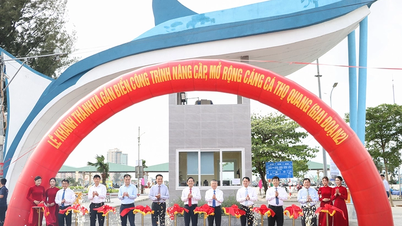





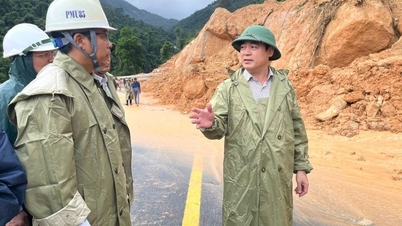

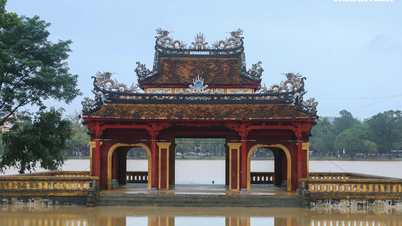
















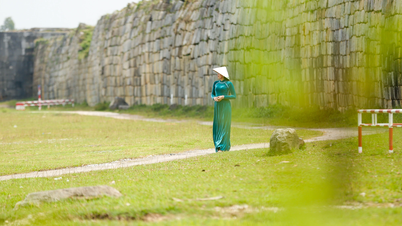
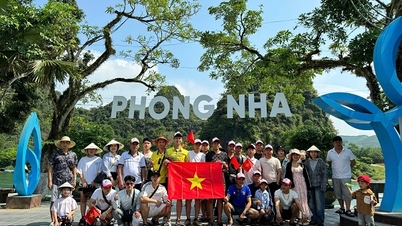

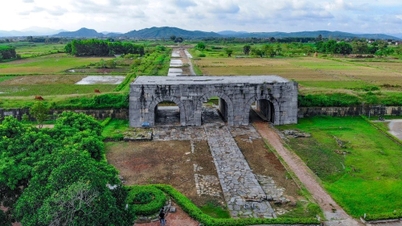

























































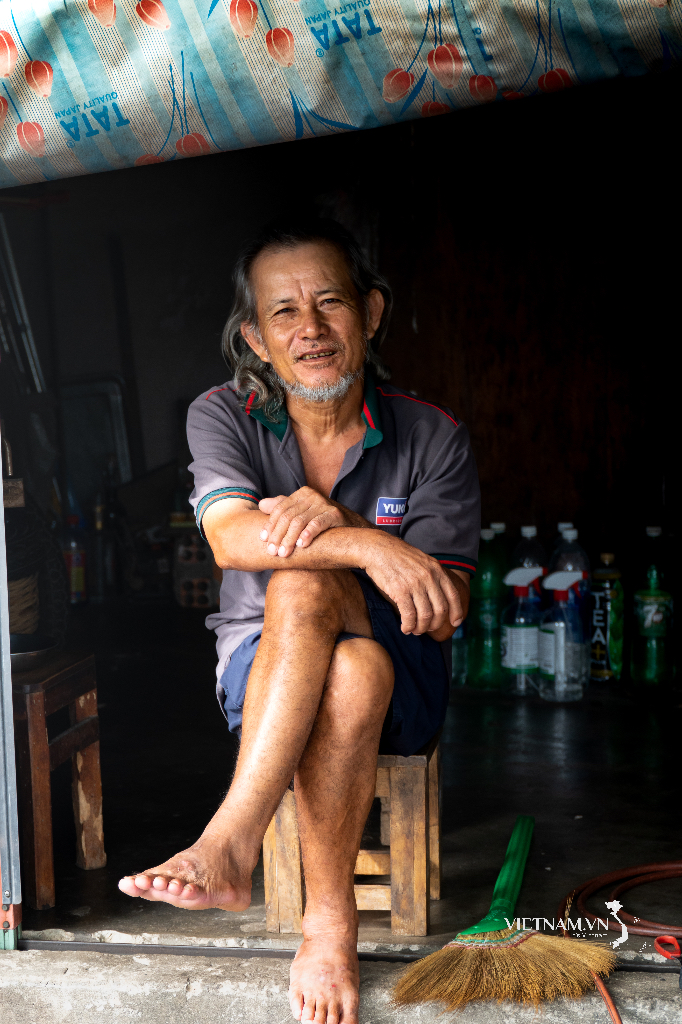
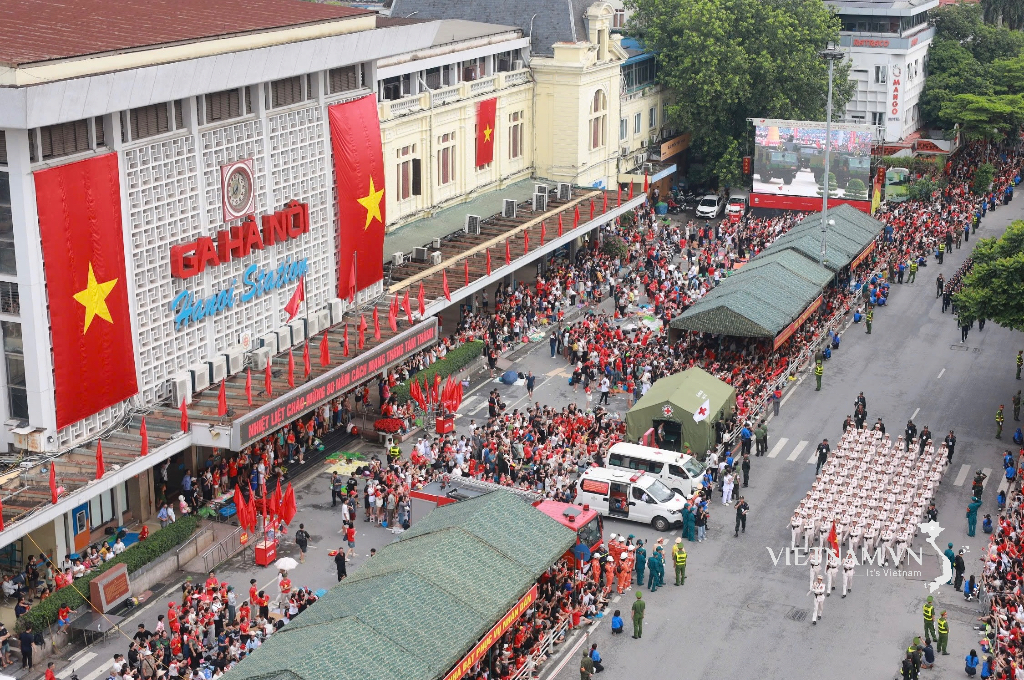

Comment (0)